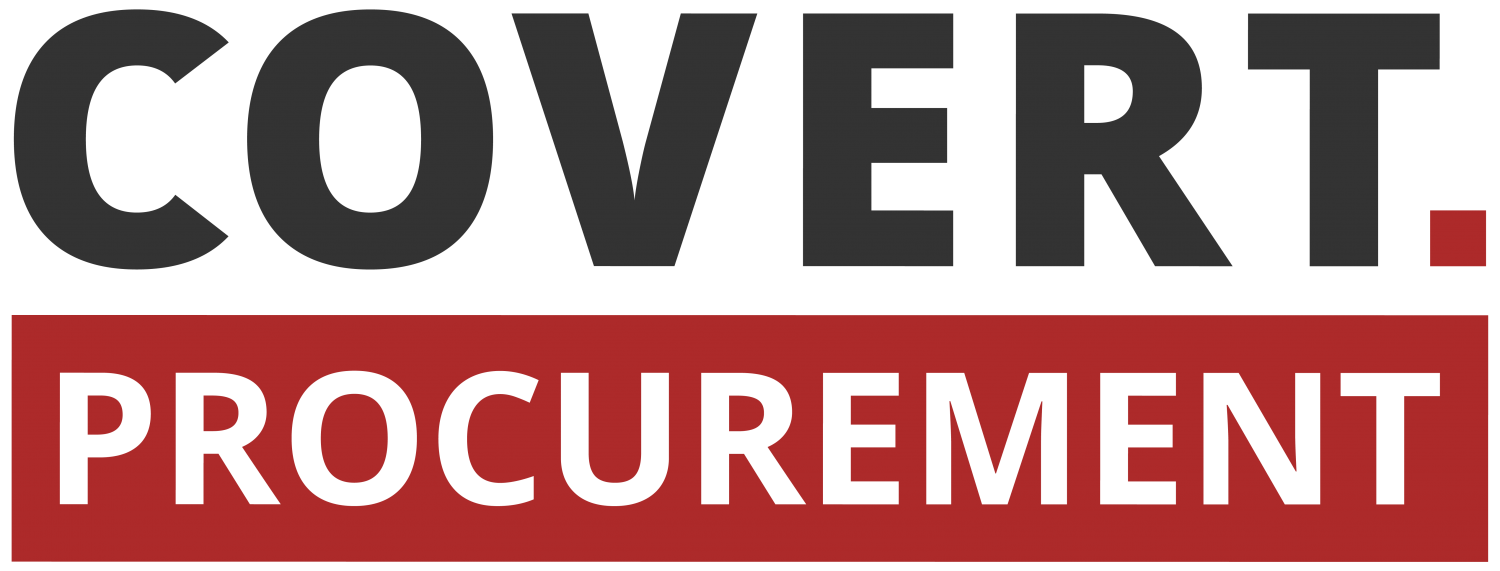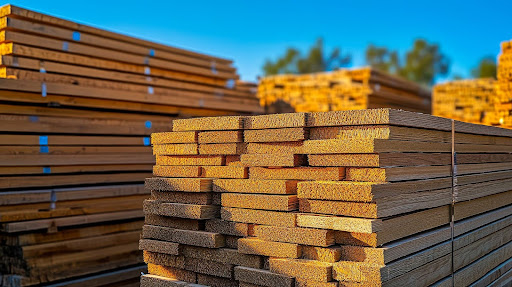LVL formwork is an innovative solution in modern construction, offering engineered timber options that surpass traditional formwork choices. Laminated veneer lumber combines multiple wood veneers under controlled manufacturing conditions, creating construction materials with superior consistency and strength characteristics.
Choosing the right formwork materials is crucial as it directly affects project timelines, structural integrity, and budget outcomes. Making poor material choices can lead to delays, safety issues, and increased costs due to frequent replacements or repairs.
LVL timber formwork offers four key advantages that make it a smart choice for Australian construction projects:
- Superior strength and stability through engineered construction
- Environmental sustainability benefits supporting green building practices
- Practical advantages for on-site installation and handling
- Cost-effectiveness through durability and reusability
These benefits position timber LVL formwork as a reliable alternative to conventional materials, addressing both immediate project needs and long-term construction industry sustainability goals.
1. Superior Strength and Stability
The strength of LVL formwork comes from its engineered construction process. Multiple thin wood layers are glued together with strong adhesives under controlled pressure and temperature. This layering creates a consistent material that gets rid of natural weaknesses in timber such as knots, splits, and uneven grain.
Benefits of LVL’s Strength
- Higher Load-Bearing Capacity: The load-bearing capacity of LVL is significantly higher than traditional timber formwork.
- Better Strength-to-Weight Ratio: An LVL beam delivers approximately 30% higher strength-to-weight ratio compared to solid timber while maintaining consistent performance across its entire length.
- Reduced Handling Requirements: Steel formwork may offer higher absolute strength, but LVL provides superior strength per kilogram, reducing handling requirements on-site.
Vertical formwork applications benefit from LVL’s ability to maintain its shape under concrete pressure. The engineered structure prevents bowing and ensures precise concrete dimensions. Horizontal formwork applications make use of LVL’s capability to span longer distances without the need for additional supports, allowing for more flexible architectural designs while still keeping the structure intact throughout the curing process of the concrete.
2. Environmental Sustainability Benefits
- Sustainable timber forms the foundation of LVL production, utilising fast-growing species like radiata pine that mature within 25-30 years. These plantations regenerate quickly, creating a renewable resource cycle that supports long-term forest management.
- Manufacturing LVL requires 60% less energy than steel formwork production and generates significantly fewer emissions than concrete alternatives. The lamination process operates at lower temperatures, reducing industrial energy consumption whilst maintaining structural performance standards.
- Carbon footprint reduction occurs through multiple pathways when using LVL formwork. The timber continues storing carbon throughout its service life, whilst the lightweight nature reduces transportation fuel requirements. Construction sites generate less waste due to precise sizing and reduced breakage rates.
- Reusability extends LVL formwork’s environmental benefits through multiple project cycles. Quality LVL panels withstand 20-50 uses with proper maintenance, supporting circular economy principles in construction. When panels reach end-of-life, they can be repurposed for secondary applications or recycled into engineered wood products.
Australian builders seeking eco-friendly construction materials find LVL formwork delivers measurable environmental improvements without compromising structural requirements. The combination of renewable sourcing, efficient manufacturing, and extended service life positions LVL as a responsible choice for environmentally conscious projects.
3. Practical Advantages for Construction Projects
Lightweight LVL timber transforms on-site operations through its superior handling characteristics. Teams can manoeuvre panels with reduced labour requirements, accelerating installation schedules whilst minimising workplace injuries associated with heavy materials.
Dimensional stability sets LVL formwork apart from traditional timber alternatives. The engineered lamination process eliminates natural wood defects, preventing warping and twisting that commonly plague conventional formwork systems. This moisture resistance maintains structural integrity across varying weather conditions, eliminating costly delays from material failure.
Longer spans become achievable without intermediate support beams, enabling architects to pursue ambitious designs previously constrained by material limitations. LVL formwork supports complex geometries whilst maintaining structural performance standards.
Maintenance practices directly impact reuse potential:
- Clean surfaces immediately after concrete removal
- Store panels flat in dry, ventilated areas
- Inspect for damage before each application
- Apply protective coatings to cut edges
Proper care extends LVL formwork lifespan beyond 20 uses, maximising project value through repeated applications across multiple construction phases.
4. Cost-Effectiveness Over Time
The cost benefits of LVL formwork become clear when you compare the initial investment with the long-term savings it offers. While LVL formwork usually costs 15-25% more than traditional timber upfront, it is still much cheaper than steel or concrete options.
1. Lower Replacement Frequency
The durable nature of LVL means that it needs to be replaced up to 70% less often compared to standard timber formwork. This means you won’t have to spend as much money on buying new materials all the time. LVL Formwork is cheaper because it helps with:
2. Spreading Costs Across Projects
With LVL, you can use the same formwork multiple times for different projects. This means that the money you spent on buying the formwork gets divided across all the projects where you use it, making each individual project cheaper.
3. Saving on Material Waste
LVL has a unique design that prevents warping, which is a common problem with natural timber. This means that there will be less waste generated from using defective pieces of timber, resulting in cost savings.
4. Lower Labour Costs
Using LVL formwork can also lead to lower labour costs because it is quicker and easier to install and handle compared to other types of formwork.
5. Reduced Transport Expenses
Since LVL is lightweight, it can help reduce transport expenses when moving materials to and from the construction site.
6. Minimal Maintenance Requirements
LVL requires very little maintenance, which means you won’t have to spend extra money on keeping it in good condition over time.
7. Higher Salvage Value
After completing a project, you may be able to sell or reuse the LVL formwork for another purpose, resulting in a higher salvage value compared to other types of formwork.
Large-scale projects benefit the most from LVL’s longer lifespan. The material can withstand more than 50 concrete pours without significant damage, providing an excellent return on investment, especially for developers managing multiple construction phases.
Conclusion
The benefits of LVL formwork timber extend beyond immediate project requirements to support long-term sustainable building practices and construction innovation. This engineered solution delivers superior strength, environmental responsibility, practical advantages, and cost-effectiveness that traditional materials cannot match.
LVL formwork represents a smart investment for contractors seeking reliable performance whilst reducing environmental impact. The combination of durability, reusability, and consistent quality makes it an essential component for modern construction projects across Australia.
Ready to experience these advantages on your next project? Contact Covert Procurement today to discuss your LVL formwork requirements and discover how our quality materials can enhance your construction outcomes whilst supporting sustainable building practices.

